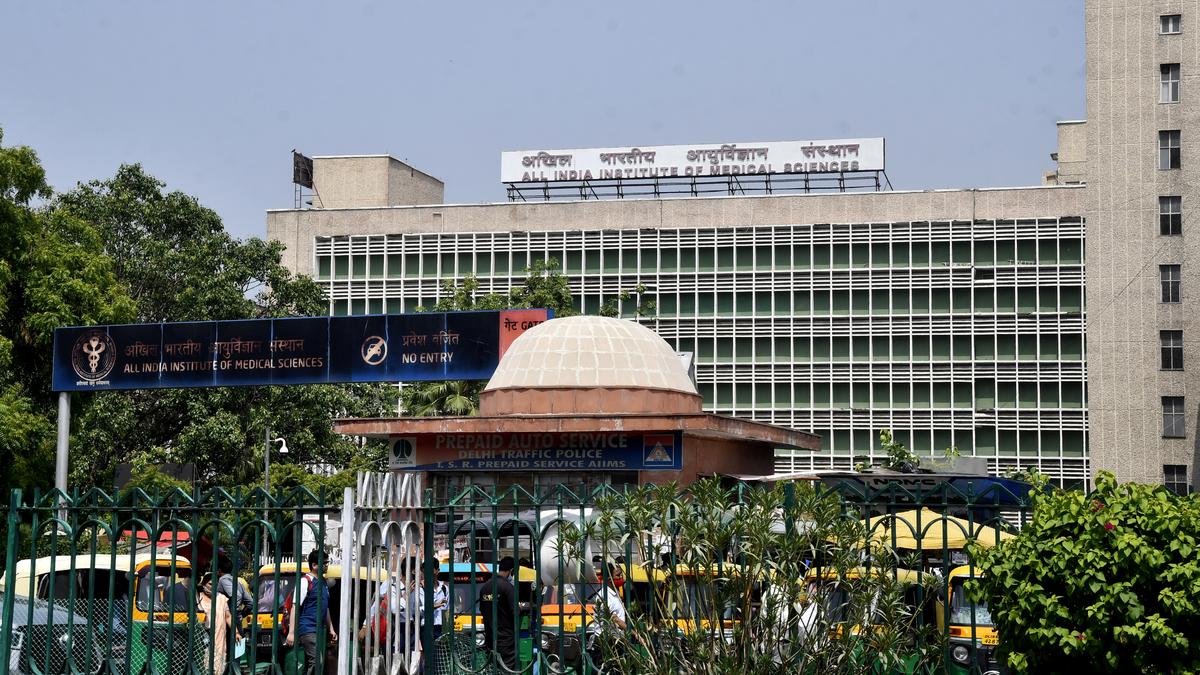
AIIMS Delhi doctors successfully complete rare operation, save life of 17-year-old
The Hindu
AIIMS Delhi doctors successfully separate parasitic twin from 17-year-old boy in rare, complex surgery.
Doctors at the All India Institute of Medical Sciences (AIIMS) Delhi have successfully operated and saved the life of a 17-year-old boy (the identity of the patient has been withheld), who had a ‘parasitic’ twin, a fully developed lower limb attached to his abdomen since birth. This is an extremely rare anomaly, according to doctors.
The boy came to the AIIMS in the last week of January. In a multi-department intervention, doctors undertook extensive pre-surgery investigations and then performed a two-and-a-half-hour long operation on the boy, separating the limb, which had adequate blood supply.
Speaking at a press conference on Tuesday, Asuri Krishna, Chief Surgeon for the procedure, said that conjoined twins are very rare, occurring in about 1 in 50,000 to 100,000 births, but sometimes, one twin doesn’t fully develop, leading to what’s called an asymmetrical or ‘parasitic’ twin.
In these cases, one twin (the ‘autosite’) is more developed, while the other (the ‘parasite’) depends on the autosite for survival. These cases are extremely rare and can vary widely in how they appear. Till date, only 40 such cases have been reported in medical literature globally.
Dr. Krishna said this case was unique because the ‘parasitic’ twin was attached and had been growing with the boy. “Since birth, he has lived with this extra limb, which belonged to his underdeveloped twin. The limb grew as he grew. Surprisingly, the patient could feel touch, pain, and temperature in the parasitic limb. He occasionally felt a dull ache in his abdomen and flank but otherwise had normal bowel and bladder function, ate regularly, and had no other major health issues,’’ Dr. Krishna said.
The boy faced significant challenges due to his condition and had dropped out of school in Class 8 because of social stigma.
At AIIMS, a team of specialists, including general surgeons, radiologists, plastic surgeons, and anesthesiologists evaluated him. A CT angiography to assess the blood supply to the ‘parasitic’ limb found that it was supplied by a branch of the internal mammary artery, which usually supplies the chest wall. This made the case more challenging. Additionally, a large cystic mass was also found in his abdomen during the CT scan. After thorough preparation and discussion, the patient’s surgery was scheduled for February 8.













